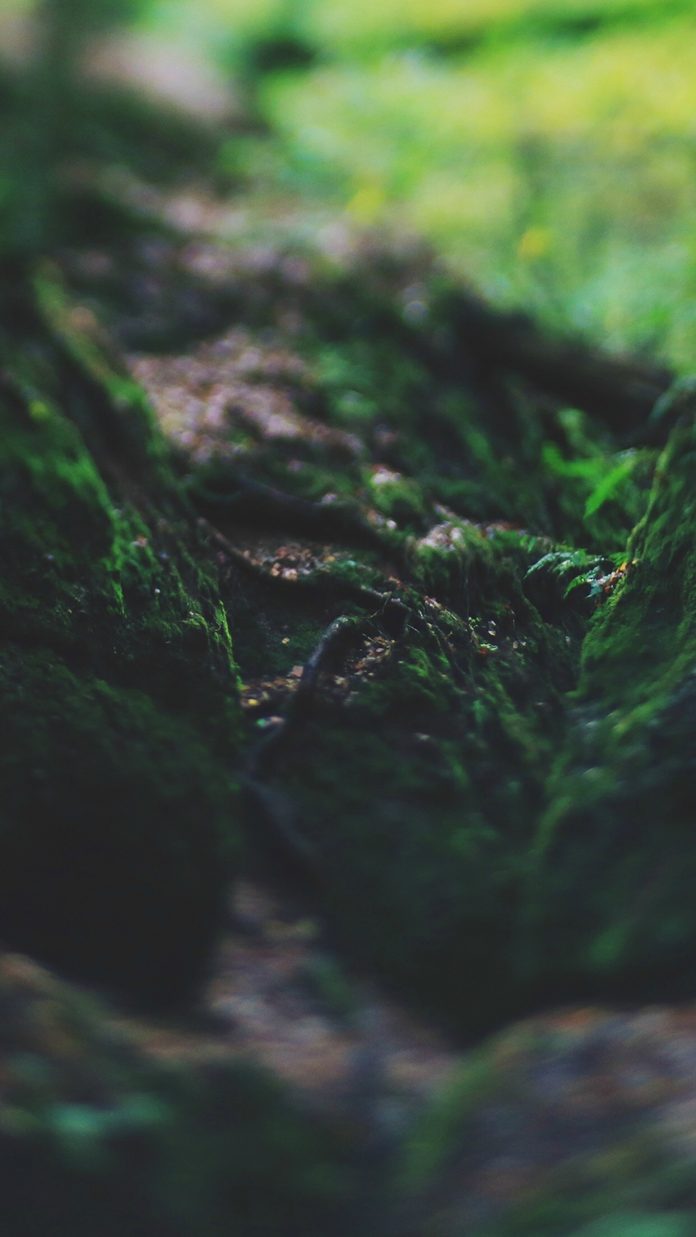Kivy is a platform-independent GUI tool in Python. As it can be run on Android, IOS, Linux and Windows, etc. It is basically used to develop the Android application, but it does not mean that it can not be used on Desktop applications.
Image Widget:
The Image widget is used to display an image. To use the image widget you must have to import :
from kivy.uix.image import Image, AsyncImage
because the module kivy.uix.image have all the functionality related to images.
Images can be loaded to the Application via two types:
1) From system :
wimg = Image(source='mylogo.png')2) Asynchronous Loading:
To load an image asynchronously (for example from an external webserver), use the AsyncImage subclass:
aimg = AsyncImage(source='http://mywebsite.com/logo.png')
Note: By default, the image is centered and fits inside the widget bounding box. If you don’t want that, you can set allow_stretch to True and keep_ratio to False.
Basic Approach to create multiple layout in one file: 1) import kivy 2) import kivyApp 3) import image 4) set minimum version(optional) 5) create App class 6) return Image/layout/widget 7) Run an instance of the class
Below is the code how can you use the images in your code:
Code #1:
Simple image from the system (must be in the folder in which the .py file is saved)
# Program to explain how to add image in kivy # import kivy module import kivy # base Class of your App inherits from the App class. # app:always refers to the instance of your application from kivy.app import App # this restrict the kivy version i.e # below this kivy version you cannot # use the app or software kivy.require('1.9.0') # The Image widget is used to display an image # this module contain all features of images from kivy.uix.image import Image # creating the App class class MyApp(App): # defining build() def build(self): # return image return Image(source ='download.jpg') # run the App MyApp().run() |
Output:
Code #2:
How can we add AsyncImage i.e. from the webserver(external)
# Simple program to show how we add AsyncImage in kivy App # import kivy module import kivy # base Class of your App inherits from the App class. # app:always refers to the instance of your application from kivy.app import App # this restrict the kivy version i.e # below this kivy version you cannot # use the app or software kivy.require('1.9.0') # The Image widget is used to display an image # this module contains all features of images from kivy.uix.image import AsyncImage # creating the App class class MyApp(App): # defining build() def build(self): # return image # run the App MyApp().run() |
Output:
Now one thing came in mind how can you change size, position, etc of the image the below code will explain that also:
Code #3:
# Program to Show how to use images in kivy # import kivy module import kivy # base Class of your App inherits from the App class. # app:always refers to the instance of your application from kivy.app import App # this restrict the kivy version i.e # below this kivy version you cannot # use the app or software kivy.require('1.9.0') # The Image widget is used to display an image # this module contain all features of images from kivy.uix.image import Image # The Widget class is the base class required for creating Widgets from kivy.uix.widget import Widget # to change the kivy default settings we use this module config from kivy.config import Config # 0 being off 1 being on as in true / false # you can use 0 or 1 && True or False Config.set('graphics', 'resizable', True) # creating the App class class MyApp(App): # defining build() def build(self): # loading image self.img = Image(source ='download.jpg') # By default, the image is centered and fits # inside the widget bounding box. # If you don’t want that, # you can set allow_stretch to # True and keep_ratio to False. self.img.allow_stretch = True self.img.keep_ratio = False # Providing Size to the image # it varies from 0 to 1 self.img.size_hint_x = 1 self.img.size_hint_y = 1 # Position set self.img.pos = (200, 100) # Opacity adjust the fadeness of the image if # 0 then it is complete black # 1 then original # it varies from 0 to 1 self.img.opacity = 1 # adding image to widget s = Widget() s.add_widget(self.img) # return widget return s # run the app MyApp().run() |
Output:







